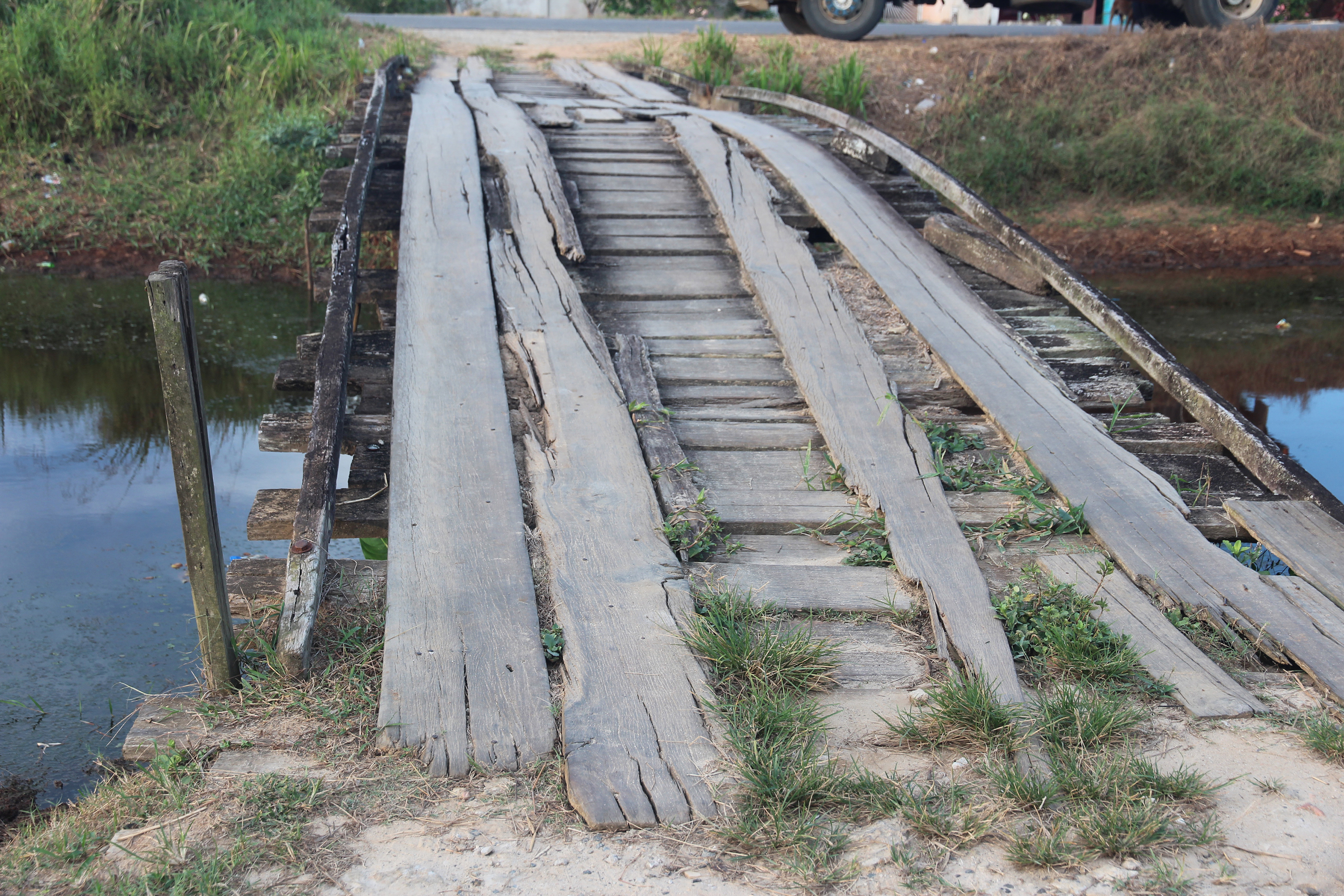De Buff, a little village along a dam parallel to the Canal Number Two public road, is listed in the Guyana Gazetteer as The Bluff, but villagers are sticking with the name they know and point to their village sign as evidence.

Along the dam, a few trees hang over the trench that separates the dam and the road. The dust from the road blows wherever the breeze takes it. A few painters chit chat happily as they go about their job. Stray dogs prowl looking food while a few others lie along the road in the sun. Inside a hardware store, Deodat Singh sat with his daughter. Singh has never known any other village but De Buff. Now 62 years old, he is a cane farmer. He prepares and plants a ten-acre farm all by himself, but during crop time he has workers who help him.
His day starts with taking care of the farm animals, milking them and so forth before he heads into the farm, where he sprays, ploughs, throws manure or weeds the grass depending on the time of year. Like most of De Buff’s residents, Singh has a kitchen garden as well as fruit trees. According to him he has cherry, coconut, mango and cashew trees, the produce of which he says is mainly for home. However, with the few cashew trees, when the fruit is in season, he sells it wholesale.
Back in the days he said, “Life was rough. Growing up here was rough. White man days was rough. One body couldn’t ah work to maintain the house.” His father worked as a labourer at the Bookers Estate (now Wales Sugar Estate) and his mother weeded. While his parents struggled to make ends meet for their 11 children and themselves, Singh’s eldest sister, although still in her teens, took care of them at home. On their farm from the late 1950s to the early 1960s, they planted cassava; now he plants sugar cane. “The sugar price fall last year. All we want is them raise the sugar price back. The work force in the sugar industry fall [too],” he said.
Many persons have left the farms to do various kinds of

